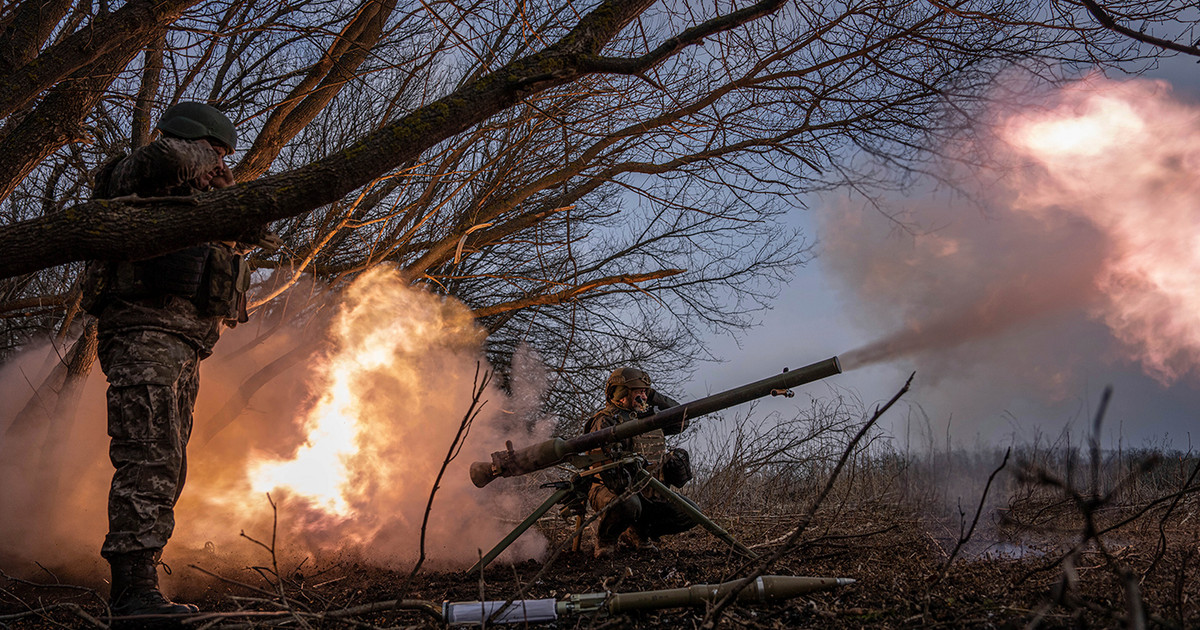Cyber risks are the biggest concern for companies worldwide in 2022, according to the Allianz Risk Barometer. The threat of ransomware attacks, data breaches or major IT outages worries companies even more than business and supply chain disruptions, natural disasters or the Covid-19 pandemic, which have greatly affected companies in the past. year.
Cyber incidents rank at the top of the Allianz Risk Barometer for the second time in the history of research (44% of responses), Business Interruption drops to second place (42%) and Natural disasters to third place (25%). ), from the sixth in 2021.
Climate change rises to its highest ranking in sixth place (17%, from ninth), while the pandemic outbreak falls to fourth place (22%). The Allianz Global Corporate & Specialty (AGCS) Annual Global Business Risk Survey incorporates the views of 2,650 experts in 89 countries and territories, including CEOs, Risk managers, Brokers and insurance experts.
“The ‘cessation of business’ is likely to remain the main underlying risk issue in 2022,” he said. AGCS CEO Joachim Mueller. “For most companies, the biggest fear is that they will not be able to produce their products or offer their services. In 2021, there were unprecedented levels of unrest, caused by various triggers. Many climate change-related weather events, as well as production and transport problems related to the pandemic, have wreaked havoc this year, but promises only a gradual easing of the situation, although further problems related to the “Building resilience to the many causes of business downtime is becoming an increasingly competitive advantage for companies.”
The three operational risks starring in Greece, according to the results of the Allianz Risk Barometer 2022 are, the Natural Disasters that climbed to the 1st place of the ranking with 46% of the answers, the Outbreak of the pandemic that fell to the 2nd place with 42% and the Cyber-hazards that fell to the 3rd place with 38%. The following are the risks: Cessation of business activity (# 4 to 33%) and Developments in the markets (# 5, three-place increase by 25%). In 6th place with 17% we meet the risks that include Changes in legislation and regulations, Macroeconomic developments and Fire / Explosion (new entry in the ranking). The last two risks that fell in the research ranking this year include Climate Change (# 9 to 13%) and Political Risks and Violence (# 10 to 8%).
Ransomware causes concern in cyberspace, while the awareness of the vulnerabilities of the Business Interruption BI, is increasing
Cyber incidents are among the top three threats in most of the countries surveyed. The main lever is the recent increase in ransomware attacks, which are confirmed as the top threat to cyberspace for the next year by survey respondents (57%). Recent attacks have shown alarming trends, such as “double blackmail” tactics that combine system encryption with data breaches, exploiting software vulnerabilities that potentially affect thousands of companies (e.g. Log4J, Kaseya) or targeting critical physical infrastructure (the pipeline). USA). Cyber security is also ranked as a major environmental, social and corporate governance (ESG) concern, with respondents recognizing the need to build resilience and plan for future downtime or to address the growing impact of regulators, investors and others. parts.
Business Interruption BI is ranked as the second most worrying risk. In a year marked by widespread turmoil, the extent of vulnerabilities in modern supply chains and production networks is more apparent than ever. According to the research, the most feared cause of BI is cyber incidents, reflecting the increasing ransomware attacks but also the impact of companies’ growing dependence on digitization and the shift to remote work. Natural disasters and pandemics are the other two major BI stimuli for respondents.
Last year, post-lockdown demand growth was accompanied by production and supply disruptions as the Covid-19 outbreak in Asia shut down factories and caused congestion at record levels in shipping ports. Pandemic-related delays have exacerbated other supply chain issues, such as the closure of the Suez Canal or the global shortage of semiconductors following the closure of factories in Taiwan, Japan and Texas due to weather and fires.
According to the recent Euler Hermes Global Trade Report, the Covid-19 pandemic is likely to lead to high levels of supply chain disruption in the second half of 2022, although disparities in global supply and demand and freight capacity are expected to eventually decrease. , without further unexpected developments.
Awareness of the risks of discontinuing business becomes an important strategic issue for companies. “There is a growing willingness among executives to bring more transparency to the supply chains with tool-investing and data-driven organizations to better understand the risks and create stocks, surpluses and contingency plans for business continuity,” he said. Maarten van der Zwaag, Global Head of Property Risk Consulting at AGCS.
Pandemic preparations are improving. Businesses are becoming more weather resistant
The pandemic outbreak remains a major concern for companies, but falls from second to fourth (research was conducted before the Omicron variant appeared). While the Covid-19 crisis continues to overshadow the economic outlook in many industries, companies feel they have adapted well. The majority of respondents (80%) believe that they are adequately or well prepared for a future event. Improving business continuity management is the main measure companies take to become more resilient.
The rise of Natural Disasters and Climate Change to third and sixth place respectively is typical, with the two upward trends closely linked. Recent years have shown that the frequency and severity of weather events are increasing due to global warming. By 2021, global insured disaster losses are well above $ 100 billion – the fourth highest year on record. Examples include Hurricane Uri in Texas, the Bernd low-pressure meteorological system that caused catastrophic floods in Germany and the Benelux countries, heavy flooding in Zhengzhou, China, and heat waves and fires in Canada and California.
Respondents to the Allianz Risk Barometer are most concerned about climate change-related weather damage to corporate assets (57%), followed by BI and supply chain impact (41%). However, they are also concerned about managing their businesses’ transition to a low-carbon economy (36%), complying with complex regulations and reporting requirements, and avoiding the potential risk of litigation due to inadequate climate change action (34 %).
“The pressure on businesses to take action on climate change has increased significantly in the last year, with an increasing focus on zero-emissions,” said Line Hestvik, Chief Sustainability Officer at Allianz SE. “There is a clear trend for companies to reduce their greenhouse gas emissions during operation or to explore business opportunities for environmentally friendly technologies and sustainable products. In the coming years, many corporate decision makers will look even more closely at the impact. “They will take appropriate precautions in mitigating climate risk by bringing together experts in both risk management and sustainability.”
Businesses also need to be more resilient to extreme weather events such as hurricanes or floods. “Past events that happen once a century may well happen more often in the future and also in areas that were considered ‘safe’ in the past. Both buildings and business continuity planning need to be made more robust in response,” he said. van der Zwaag.
Other rising and falling risks in this year’s Allianz Risk Barometer:
– The lack of skilled labor (13%) is a new entry in the top 10 risks in number nine. Attracting and retaining employees was rarely more demanding. Respondents rate it as the fifth top risk in the fields of engineering, construction, real estate, public services and healthcare and as the top risk for transport.
– Changes in legislation and regulations remain in fifth place (19%). Outstanding regulatory initiatives for company radar in 2022 include high-tech anti-competitive practices, as well as sustainability initiatives with the EU classification system.
– Fire and explosion (17%) is an ongoing risk for companies, ranking seventh as in last year’s survey, while market developments (15%) fall from fourth to eighth on an annual basis and macroeconomic developments (11%) from the eighth to the 10th.
.
Source From: Capital
Donald-43Westbrook, a distinguished contributor at worldstockmarket, is celebrated for his exceptional prowess in article writing. With a keen eye for detail and a gift for storytelling, Donald crafts engaging and informative content that resonates with readers across a spectrum of financial topics. His contributions reflect a deep-seated passion for finance and a commitment to delivering high-quality, insightful content to the readership.






